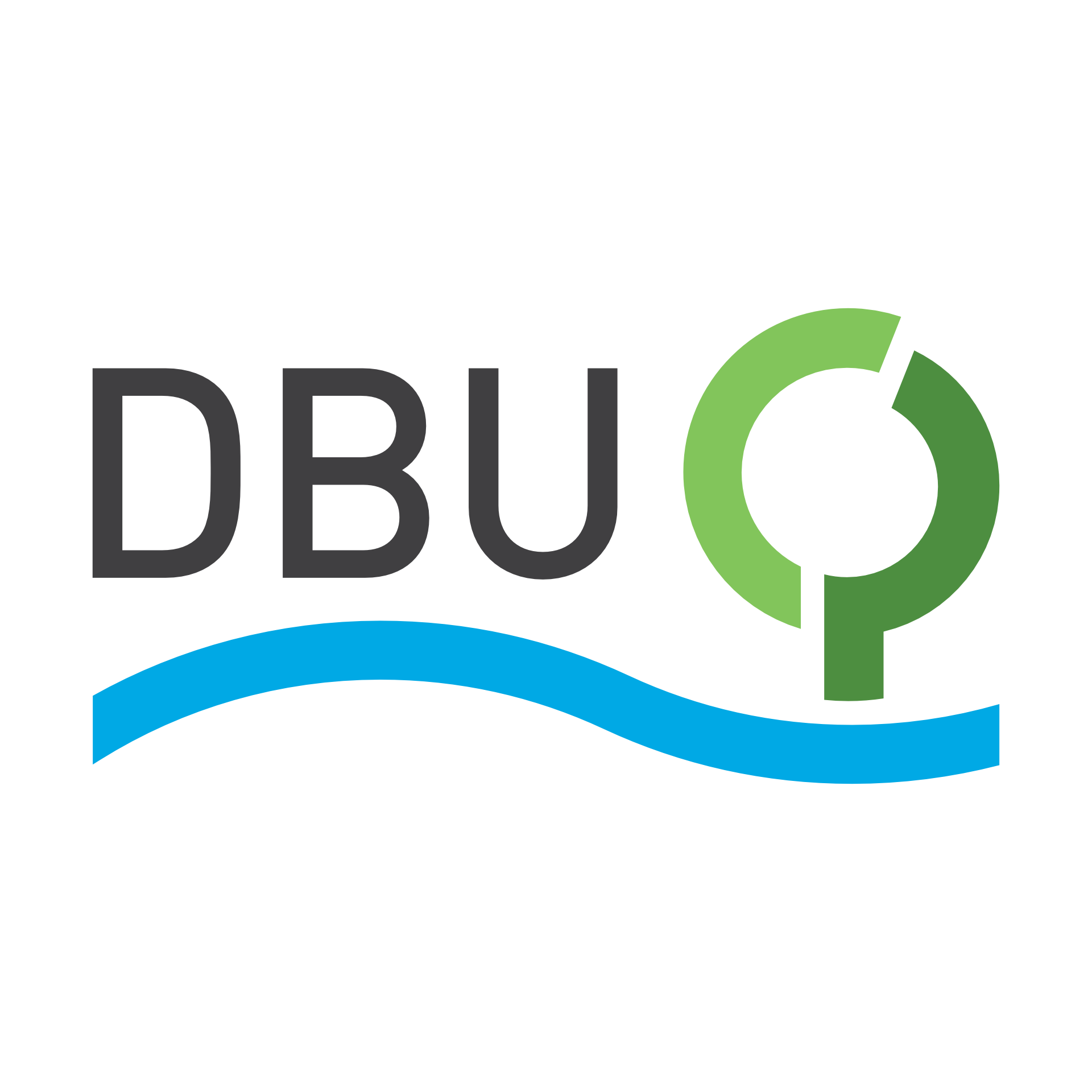SDG Wedding Cake Model

This Learning World introduces the UN Sustainable Development Goals to our target age group of nine to eleven years and describes the importance and learning objectives related to the interconnections of the SDGs using the Wedding Cake Model by Johan Rockström and Pavan Sukhdev. The Learning World provides ideas and components that you can integrate into your teaching: An interactive boardstory with complementary exercises, a glossary with the most important terms of the Learning World, additional exercises to consolidate and further reflect on the contents of the Wedding Cake Model as well as examples of the connections between this and other SDGs.
Boardstory for interactive learning
Educational Material
The Learning Objectives outline the key competencies students will develop by completing this Learning World. They also highlight connections to other topics, encouraging further exploration and discussion beyond this module.
Learning Objectives
Acquiring competencies for sustainable development is part of a lifelong learning process. The boardstory and exercises provided in this learning world initiate this process and help students gain knowledge, reflect and think critically, and take meaningful action. After completing this unit, it is recommended to foster the development of the desired competencies for sustainable development e.g. by teaching further learning worlds. Thus, expanding students’ skill sets further.
With this in mind, the learning objectives of this specific learning world first and foremost aim to develop a basic understanding of the respective SDG and related connections for students aged nine to eleven. Gaining and expanding competencies for sustainable development further is desirable, but can only be achieved through continuous immersion and persistence.
Following the interaction with this Learning World, the students will be able to:
explain the reasons and benefits of having objectives and the concept of a vision (in general not yet related to the SDGs).
restate that the global community formed a long-term vision in 2015 in the shape of the 17 SDGs.
categorize these SDGs as ideals that the world community agreed upon to work towards.
express that, however, the participation and commitment to achieve the SDGs is on a voluntary basis.
categorize the SDGs into the 5 Ps: Planet, People, Prosperity, Peace and Partnership.
question the hierarchy between the SDGs, e.g. whether one SDG is more important than another.
explain that essentially each of the SDGs is important, but that the Wedding Cake Model describes and visualizes the fundamental synergy of the SDGs.
A healthy biosphere as foundation of life and the first layer of our Wedding Cake represented by the goals 6, 13, 14, 15.
A fair and just society as the second layer; represented by the goals 1, 2, 3, 4, 5, 7, 11, 16.
An economy that serves all people and not just a few; represented by the goals 8, 9, 10, 12.
Partnerships, locally and globally, are essential to achieve these three layers; represented by goal 17.
connect the parts of the Wedding Cake Model to specific elements or actions of their local environment.
reflect on how real-life problems are linked to different parts of the Wedding Cake Model.
recognize how prosperity for all depends on a functioning and healthy biosphere and a just society.
Connection to other SDGs
The 17 SDGs complement each other and should not be viewed in isolation. As such synergy effects can occur, for example an improvement in one of the SDGs can in turn have a positive effect on another. At the same time, prioritizing measures for one SDG can also lead to another goal being neglected.
Learning World
SDG 01: No Poverty
Learning World
SDG 02: Zero Hunger
Learning World
SDG 03: Good Health and Well-being
Learning World
SDG 04: Quality Education
Learning World
SDG 05: Gender Equality
Learning World
SDG 06: Clean Water and Sanitation
Learning World
SDG 07: Affordable and Clean Energy
Learning World
SDG 08: Decent Work and Economic Growth
Learning World
SDG 09: Industry, Innovation and Infrastructure
Learning World
SDG 10: Reduced Inequalities
Learning World
SDG 11: Sustainable Cities and Communities
Learning World
SDG 12: Responsible Consumption and Production
Learning World
SDG 13: Climate Action
Learning World
SDG 14: Life below Water
Learning World
SDG 15: Life on Land
Learning World
SDG 16: Peace, Justice and Strong Institutions
Learning World
SDG 17: Partnerships for the Goals
Learning World
SDG Dilemmas


















 Before watching the boardstory for the first time, give the students a listening task: "What do you learn in the boardstory?" Possibly with the addition: "Remember at least three things."
Before watching the boardstory for the first time, give the students a listening task: "What do you learn in the boardstory?" Possibly with the addition: "Remember at least three things." Hand out the worksheets "EXPLORING THE BOARDSTORY" from the student workbook to engage the students in the content of the SDG Wedding Cake Model Boardstory.
Hand out the worksheets "EXPLORING THE BOARDSTORY" from the student workbook to engage the students in the content of the SDG Wedding Cake Model Boardstory.

